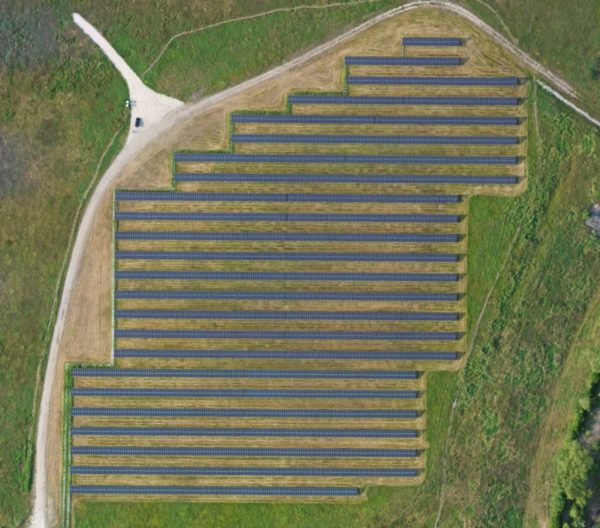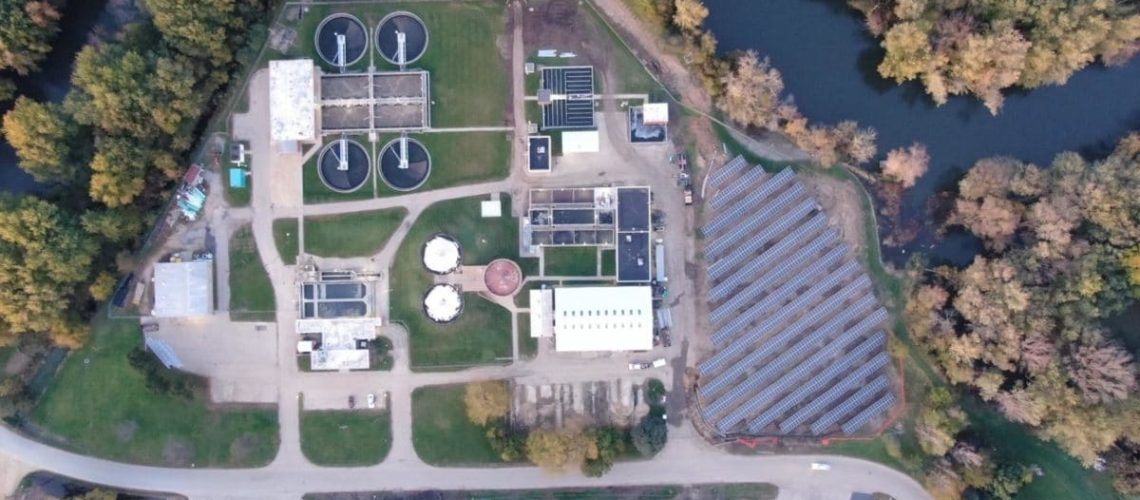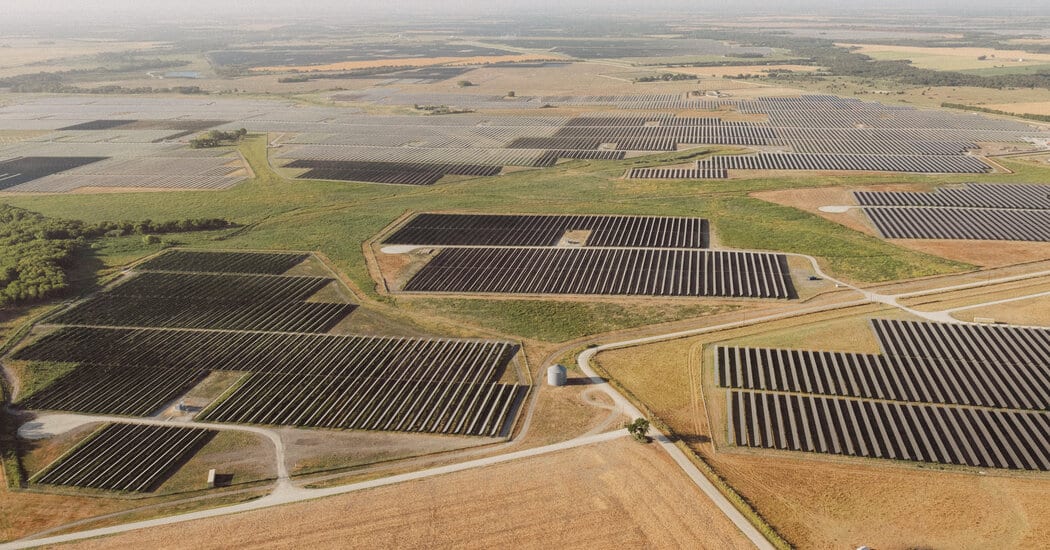The Illinois solar market was kick-started by the Adjustable Block Program, now called Illinois Shines, a capped program that offers significant solar renewable energy credits.
Solar in Illinois practically did not exist until 2019, when the Illinois Shines program was introduced, creating richly valued solar renewable energy credits that pay residential and commercial solar asset owners based on their system’s production.
The state has also introduced a community solar offering under Illinois Shines and has a healthy mix of residential, commercial, and community solar installations. The utility-scale sector had its landmark year in 2021, and this is expected to continue to accelerate. The Solar Energy Industries Association (SEIA) projects Illinois will add just under 5 GW of solar over the next five years, placing it within the top 10 states for solar development outlook.
Illinois is driven by a strong renewable energy portfolio standard, requiring 25% of electricity to come from renewable sources by 2025. The amount of solar capacity installed in Illinois is expected to grow by more than 1,700% over the next five years, said SEIA. SEIA continues to actively advocate for “Path to 100” HB2966/SB 1781 in Illinois, which increases the renewable portfolio standard from 25% by 2025 to 40% by 2030 and increases renewable energy credit procurement from 10 million credits by 2020 to 45 million by 2030 with 50/50 split from solar and wind.
Incentives
Illinois Shines created the Adjustable Block Program, an incentive that awards solar owners one solar renewable energy credit (SREC) for each MWh of electricity produced over a 15-year span. This leads to savings of $10,000 for an average residential solar array. The program offers a capped amount of solar capacity to be offered the incentive each year.
Illinois also offers net metering, which involves the utility crediting a customer for any excess solar production sent to its distribution system. Net metering rates vary by utility and by customer type. In most cases, net metering credits do not carry over year-to-year, which is why utilities suggest installing a system that covers about 85% of the home’s needs. However, with attached battery energy storage, covering 100% of home energy needs can be economical.
The Solar Calculator from SolarReviews offers a look at the solar and savings potential of a home based on up-to-date net metering rates and other relevant costs and benefits.
The Illinois Solar For All program established incentives for eligible low-income homeowners and renters for residential properties, properties that house non-profits and public facilities, and community solar projects. Participants will see no upfront costs, and ongoing costs and fees will not exceed 50% of the value of the energy generated from the solar project.
Commercial and industrial customers are offered an incentive based on system size from ComEd, one of Illinois’ largest utilities. Systems of 2,000 kW of capacity and below are offered $250 per kW.
Like most states, Illinois makes solar exempt from property taxes. Like all states and territories, Illinosians are offered the federal Investment Tax Credit (ITC), which cover 30% of system costs. The ITC is now available to many customers as a direct payment following new provisions in the Inflation Reduction Act.
Notable project
A brownfield site turned green when Ameresco and Inovateus Solar announced the completion of a 2.62 MW solar project on a rehabilitated plot of land. The project was built on a former General Motors powertrain division plant. Greenbacker Renewable Energy Company, an independent power producer and green energy investment company, is the owner of the installation.
The Danville solar project began construction in November of 2020 and reached completion in May of 2022.

The project consists of over 6,600 solar modules and is connected to the Ameren utility grid. The completed project is expected to generate over 3.6 million kWh of electricity and offset over 1,500 metric tons of carbon dioxide annually, or the equivalent to powering 350 Illinois homes and removing approximately 480 cars from the road each year.
“We can turn a serious problem into a tremendous opportunity by siting solar on closed landfills,” said Tyler Kanczuzewski, vice president of sustainability at Inovateus. “The Danville Solar project is making productive use of land that might otherwise lie dormant, while avoiding construction in more pristine areas.”
This project contributes to Illinois’ Future Energy Jobs Act, which requires 2.7 GW of solar to be installed in Illinois by 2030 and that 2% of those projects are installed on brownfield sites.
Look for a feature piece on the US push for cleantech brownfield restoration in the upcoming February print issue of pv magazine.
Up next
The previous stop on the pv magazine tour of state incentives was in Michigan, and next the tour will stop in Indiana.




